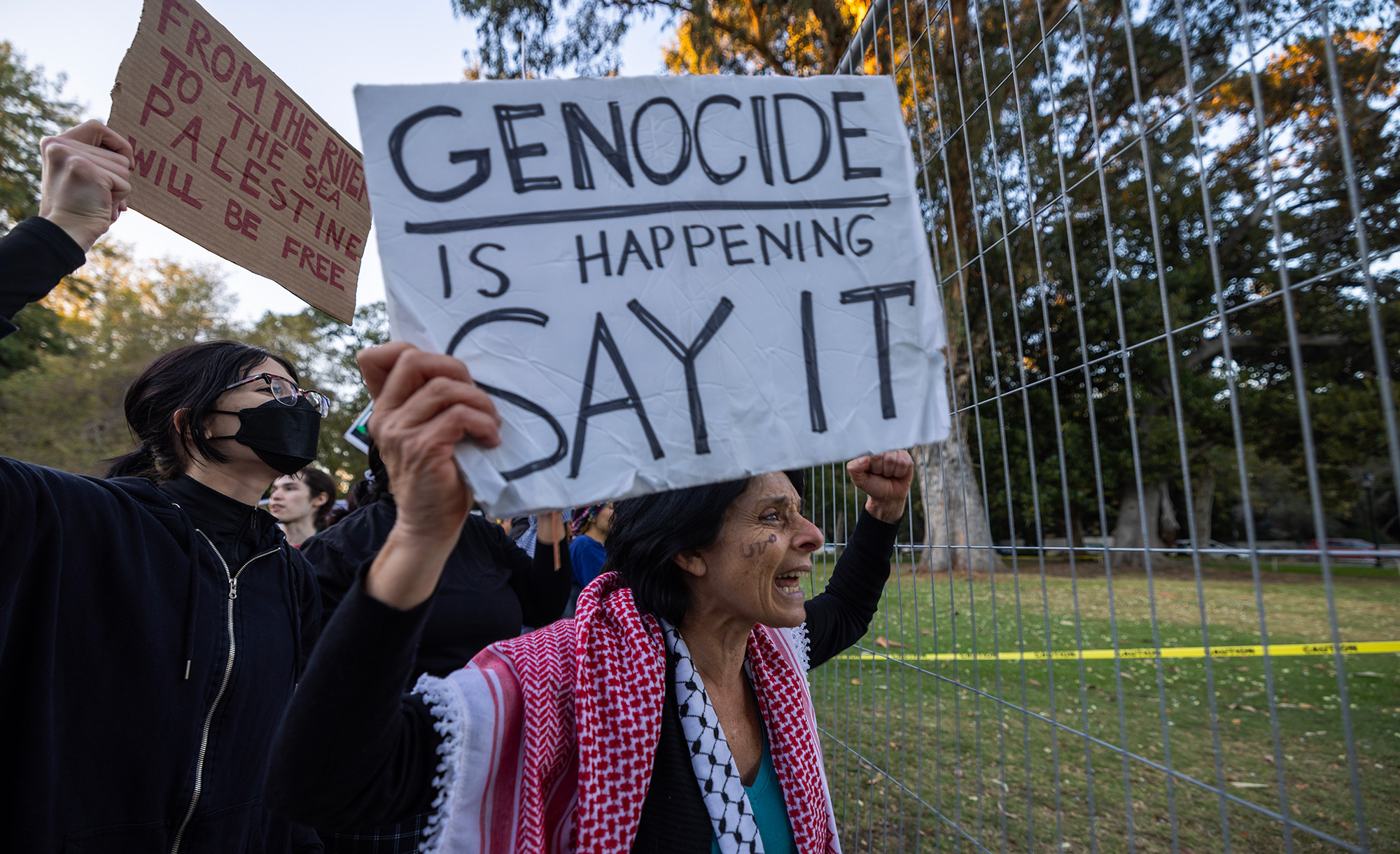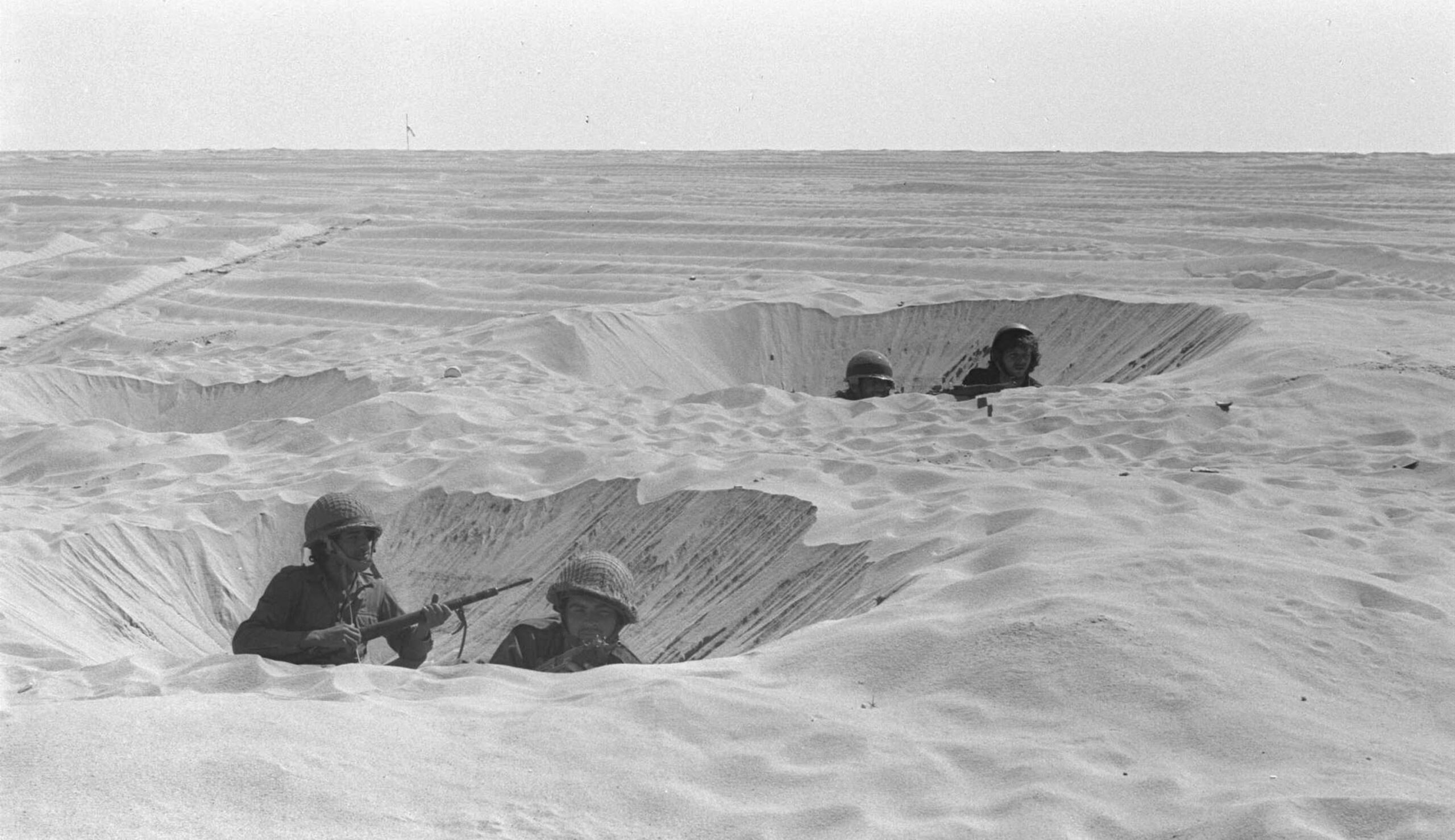On Wednesday, Justin Trudeau’s government announced its decision to back a resolution under discussion in the Canadian parliament that calls for the immediate cessation of “any and all negotiation or discussions” with Tehran, designates the Islamic Revolutionary Guard Corps a terrorist entity, and condemns Supreme Leader Ali Khamenei’s calls for the genocide of the Jews. Sohrab Ahmari comments:
[Trudeau’s] support for the resolution marked a striking about-face. Trudeau had campaigned for restoring Ottawa’s ties with Tehran, severed in 2012 by the previous, Conservative government. . . .
It turns out that even the Trudeau-led Canadian Liberals have their limits when it comes to dealing with the Islamic Republic. As the Canadian Broadcasting Corporation reported, Ottawa dispatched two diplomatic missions in 2017 to explore a rapprochement. But there were two stumbling blocks. The Iranians insisted that their country should be removed from Canada’s list of terror-sponsoring nations, and the Canadians were determined to free various hostages held by the regime. The Iranians were apparently immovable on the matter of the hostages and the Canadians were, in turn, unwilling to deny the basic truth about Iran’s role in sponsoring international terror.
Passage of the resolution doesn’t mean Canada is rethinking its support for Barack Obama’s nuclear deal. But it underscores Iran’s growing isolation as a new generation of Western leaders comes to learn that there are no “moderates” and “hardliners” in Tehran—only tyrants and terrorists.
More about: Canada, Iran, Justin Trudeau, Politics & Current Affairs


